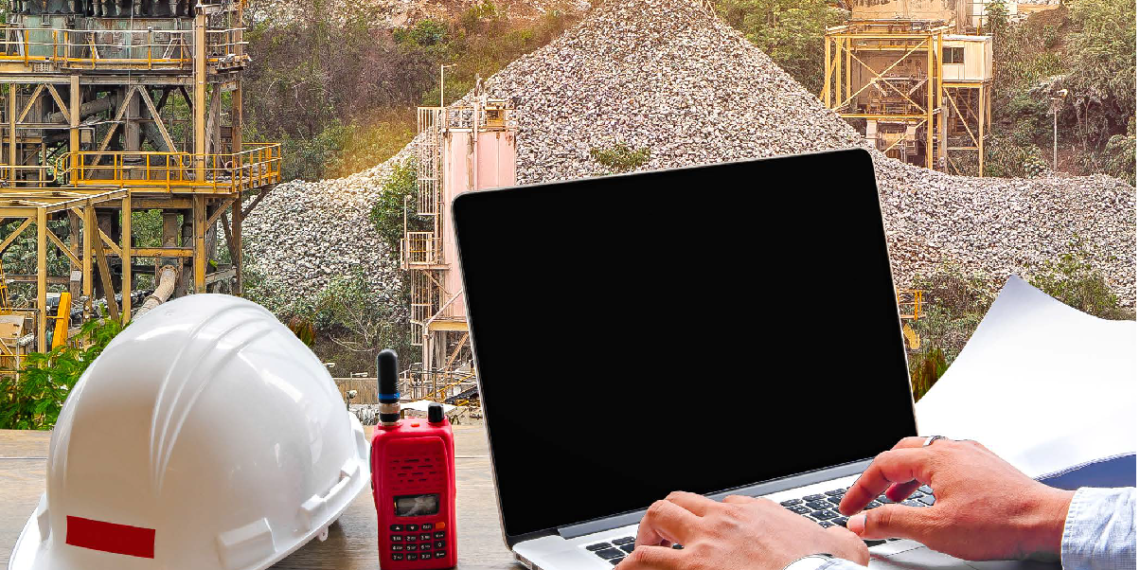ESG is top of mind for miners and investors alike. What changes do you see coming from the mining industry to deal with emissions reduction? Are gold miners working towards carbon neutrality?
All major gold miners are working towards carbon neutrality. For example, the two biggest gold miners in the world, Newmont (NYSE: NEM) and Barrick (TSX: ABX), have separately announced targets to cut their emissions by at least 30% by 2030 and to become carbon neutral by 2050. Most major gold miners have announced similar targets.
To achieve these targets gold miners are investing in renewable energy infrastructure and new technologies, such as battery or hydrogen-powered mining equipment. Gold miners, such as Harmony Gold (JSE: HAR) and Gold Fields (JSE: GFI) have committed to constructing solar power plants to significantly increase their renewable energy capacity. This is particularly relevant in South Africa were grid energy is mostly generated using coal-fired power stations.
Investors now increasingly view having strong ESG credentials and a plan to improve on them as important criteria
Meanwhile, other gold miners have cut emissions by signing power purchase agreements with third-party electricity providers who use renewable energy sources. For example, Polyus (MISX: PLZL) sourced all of its electricity from renewable sources in 2021 following a power purchase agreement with RusHydro (MISX: HYDR).
These initiatives seem to be having some impact on emissions from the gold mining industry. Our recently released Gold ESG Focus report looked at emissions from 14 of the biggest gold miners, which represent 30% of global supply. Our analysis showed that the emissions intensity of gold production from these companies fell by 3% year on year to 0.81t carbon dioxide equivalent per ounce in 2021.
What are some criteria that make a gold junior rank highly with regards to ESG? How does this differ from what you’d look for in a major?
For the junior sector the ESG criteria are the same as for the majors if the company has a producing asset. Greenhouse gas emissions are the most high-profile metric; however, other important measures include water use, tailings and waste production, health and safety, and community development spending.
For junior companies focused on exploration, ESG considerations are different. Greenhouse gas emissions from exploration activities are much less significant than from mining so these are of less concern, however minimizing emissions is always viewed favourably. For juniors focused on exploration, maintaining good relations with the local community, ensuring timely remediation of exploration works, and health and safety of workers are probably the most important ESG areas.
In terms of gold investment, how is ESG shaping investor attitudes and behaviour? What does this mean for the gold industry moving forward?
Investors now increasingly view having strong ESG credentials and a plan to improve on them as important criteria when considering investments in gold mining companies. Agnico Eagle (NYSE: AEM) stated that one of the drivers for its recent acquisition of Kirkland Lake Gold was the latter company’s low greenhouse gas emission intensity and water consumption intensity.
Meanwhile, financing for gold miners is now also increasingly being linked to ESG performance. For example, in 2021 Newmont announced it had entered into a $3B revolving credit facility linked to the company’s ESG performance. This facility will incur positive or negative pricing adjustments based on Newmont’s independently rated ESG performance. This all means that moving forward, gold miners are being financially incentivised to improve their ESG credentials so we can expect increased spending on projects aimed at achieving this.
Gold is often viewed as a safe-haven investment. Do you think gold will retain this status? What are the arguments for or against gold in this role?
There is no reason to think that gold will lose its safe haven role; we have repeatedly seen this during times of economic or political crisis. To that end, with the ongoing Russia-Ukraine war and deepening energy crisis, it may surprise that gold is trading at around US$1,700. However, this reflects several factors, notably sentiment among many institutional investors who expect U.S. interest rates to continue rising and so for real yields to become increasingly positive. Rising U.S. rates have also bolstered the U.S. dollar which, on a trade-weighted basis, continues to trade at multi-decade highs, further weighing on gold in U.S. dollar terms.
The precious metals all have industrial uses, which makes them crucial metals for the future global economy. Can you speak to this and any outlook on future supply and demand for the various precious metals?
This is quite a wide-ranging question to answer. If we focus on industrial demand’s share across the precious metals this can vary quite considerably. In 2021, global gold industrial offtake stood at 330t, accounting for 8% of global gold demand. This contrasts with a 48% share for silver, with industrial demand standing at 15,764t in 2021.
For platinum, industrial demand of 159t had a 69% share in 2021, against a 97% share (industrial offtake of 302t in 2021) in the palladium market, and a more than 99% share for rhodium industrial demand (of 34t in 2021).












